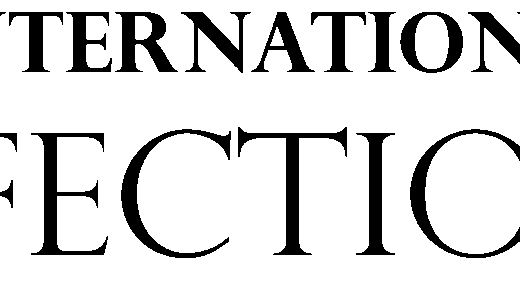
The Sugar Association, for instance, warned the committee that a blanket focus on reducing added sugar is unlikely to help address the issue of obesity in the US. While added sugar intake in the US has been declining, obesity rates have continued to climb, the group noted. “Evidence shows that a singular focus on added sugars in the US has not decreased obesity,” Campbell Genn, the Sugar Association’s director of nutrition policy, told the committee. “Added sugar consumption decreased by 30% since 2000, but obesity tripled in children and quadrupled in adults.” Genn urged the panel to consider differences in the sources of added sugars and the fact that sugar is an important functional ingredient that is critical for the production of many foods, including breads and baked goods. Any recommendations to remove sugar from foods where it plays a functional role means that producers would have to add multiple other ingredients that can increase calories, Genn told the committee.
The Sugar Association also warned that a singular focus on reducing intake of added sugar has already led to an explosion of low- and no-calorie sweeteners in a variety of products sold in the US, many of which are aimed at children. The issue has been a thorn in the side of sugar producers, who have petitioned FDA to tighten the rules for labeling of products in which sweeteners are used to lower or eliminate sugar. Finally, the group urged the committee to move away from the DGA’s current practice of recommending that consumers limit sugar by calculating a percentage of calories, which is impractical and difficult to understand for consumers. The committee instead should specify how many SSBs should be included in a week’s diet, the group said. That would address “the top source of added sugars without incentivizing broad-brush reformulation of all foods that contain added sugars,” Genn said.
Read the full article here (subscription required):

October 29, 2025
“Food and agriculture groups say the Trump administration’s attempt to define “ultraprocessed” foods and reduce their consumption isn’t justified by the science and could sweep up healthful foods like yogurt and whole grain foods. In formal comments filed with the Food and Drug Administration (FDA), the groups note there’s a lack of scientific consensus on […]

October 15, 2025
“The Sugar Association is recognizing National Real Sugar Day (October 15) by spotlighting the origins and functions of real sugar in food production. Established in 2022, the annual observance highlights the agricultural roots of sugar cane and sugar beets grown across the U.S., and the ingredient’s role in supporting local economies and food manufacturing. “We […]

August 11, 2025
“International Confectionery magazine is proud to announce that Courtney Gaine, Ph.D., R.D., President and CEO of the Sugar Association (Washington, D.C.), has been appointed as a judge for the International Confectionery Awards, one of the industry’s most respected celebrations of excellence and innovation in confectionery. Dr. Gaine has led the Sugar Association since January 2016, […]
© 2025 The Sugar Association, Inc. All rights reserved.
Get Social with #MoreToSugar